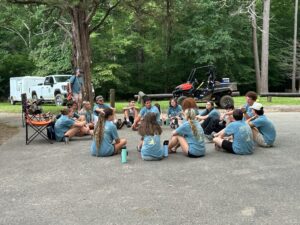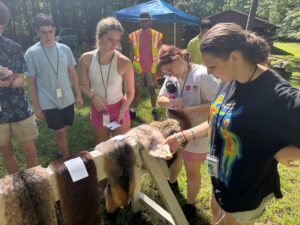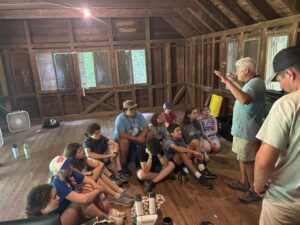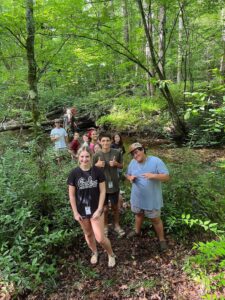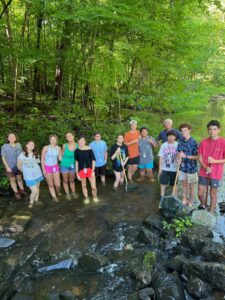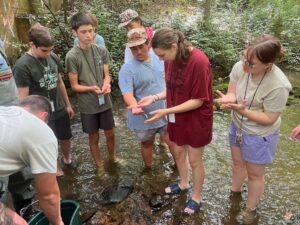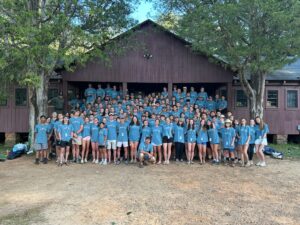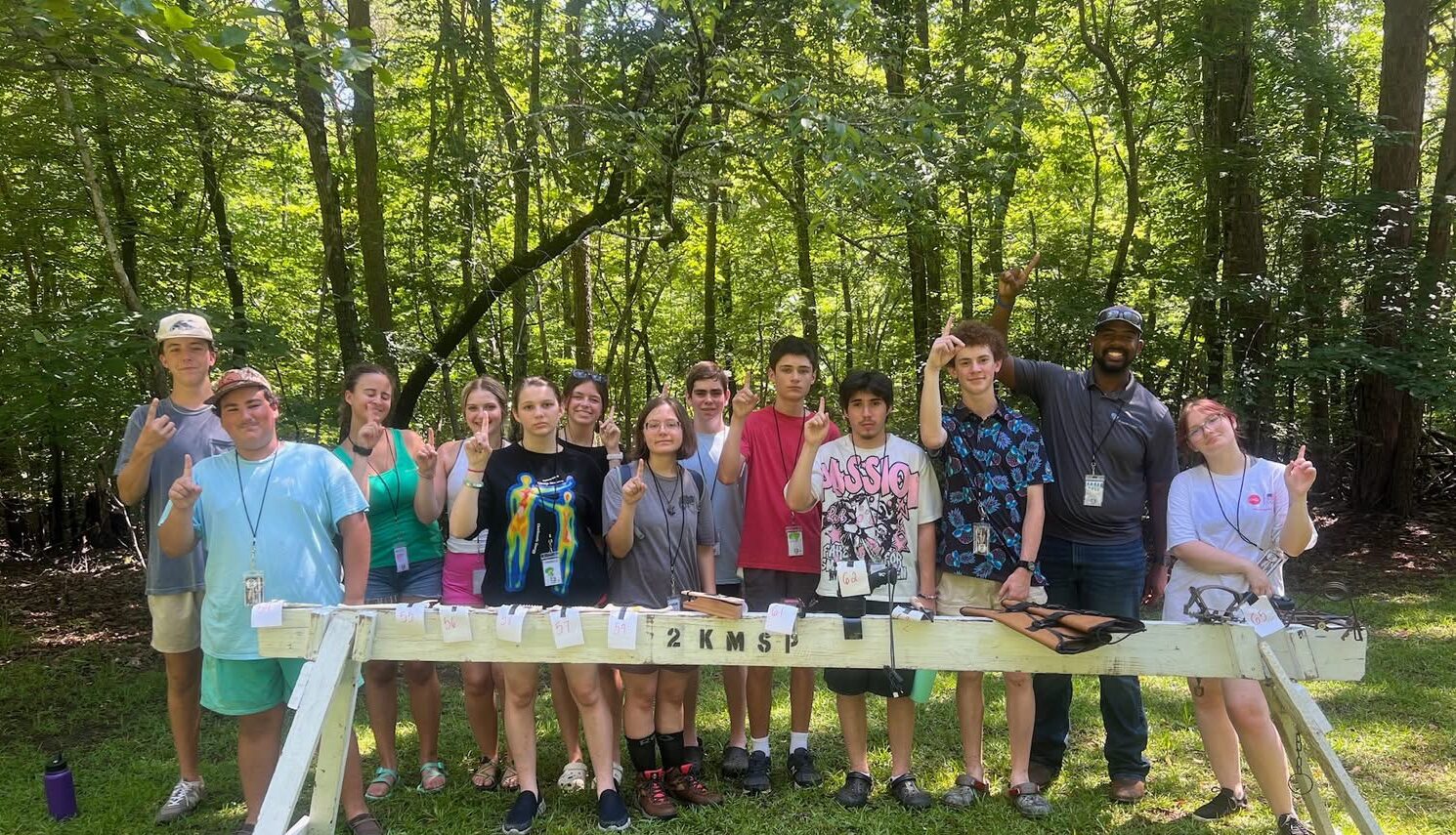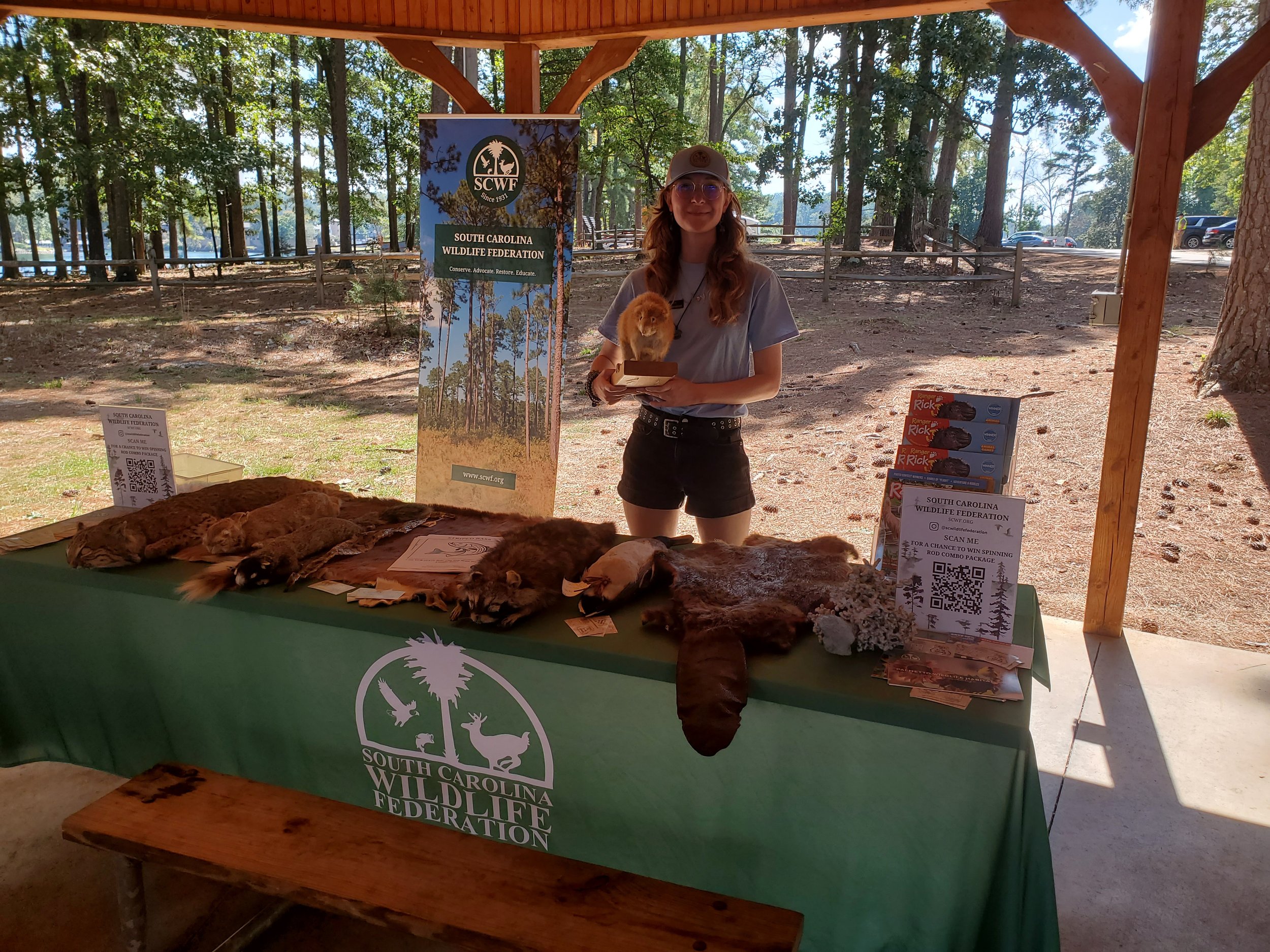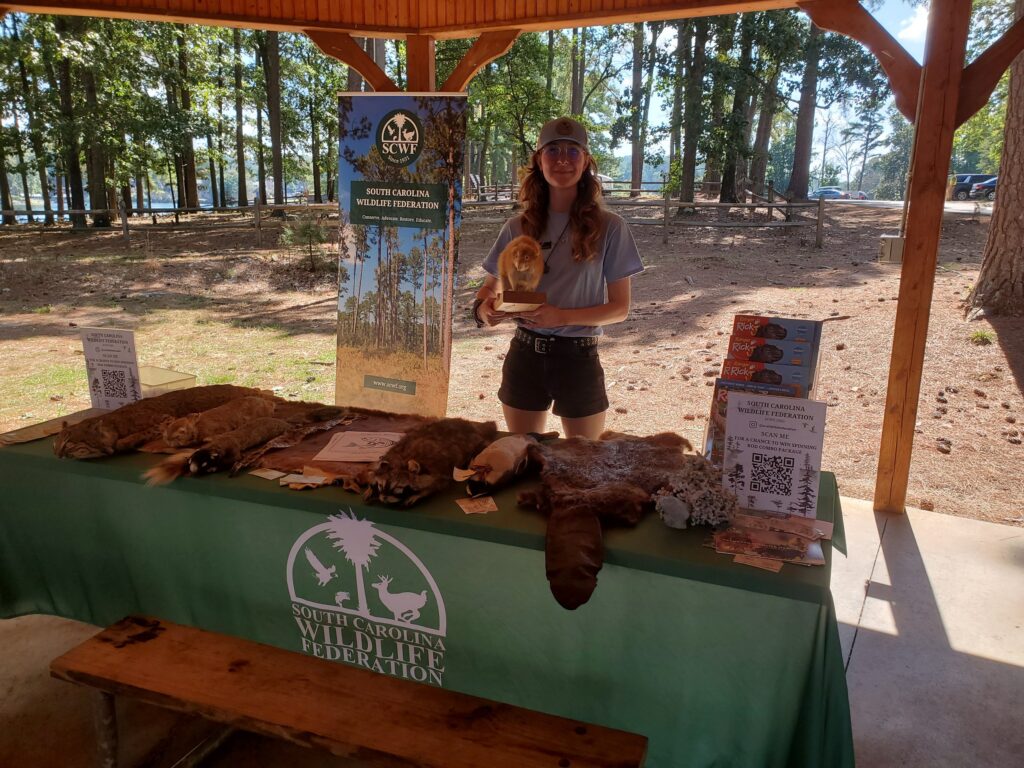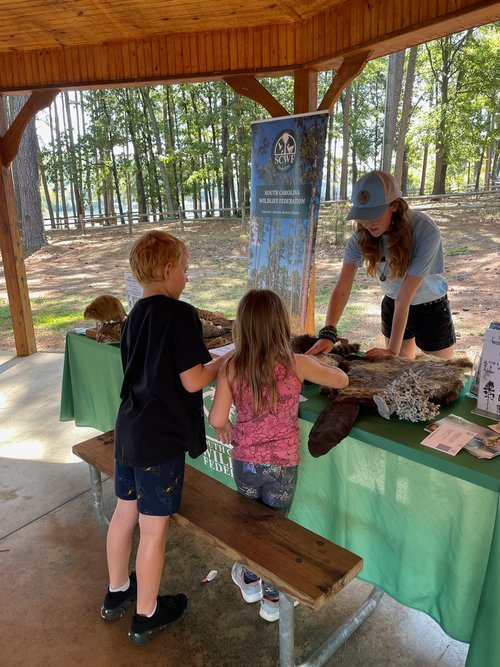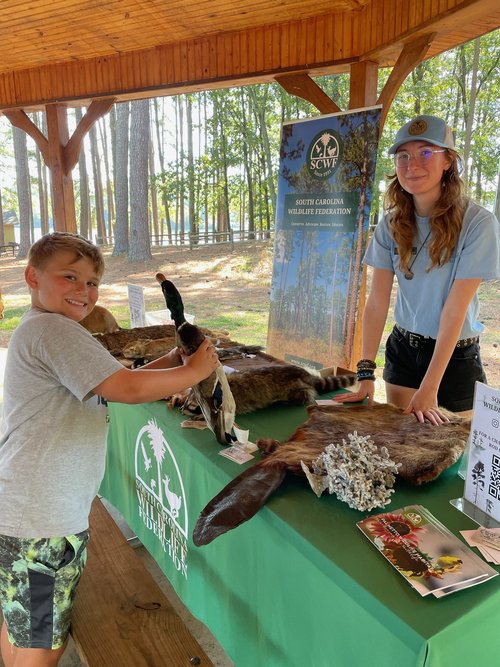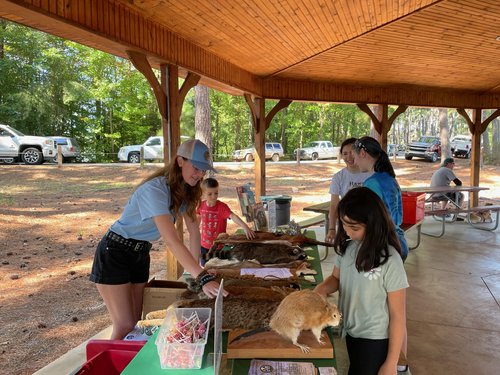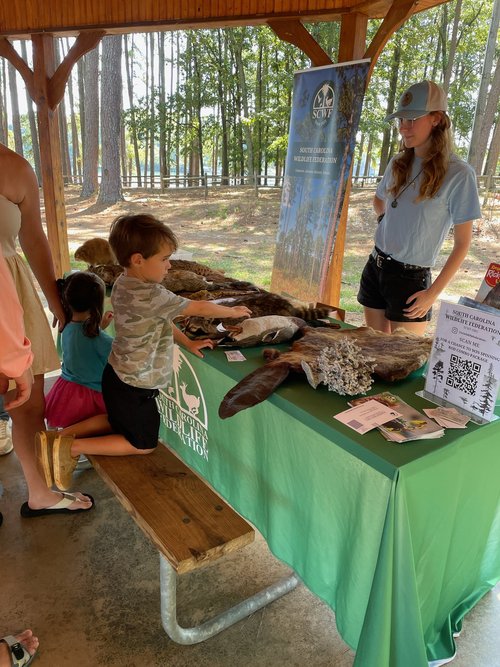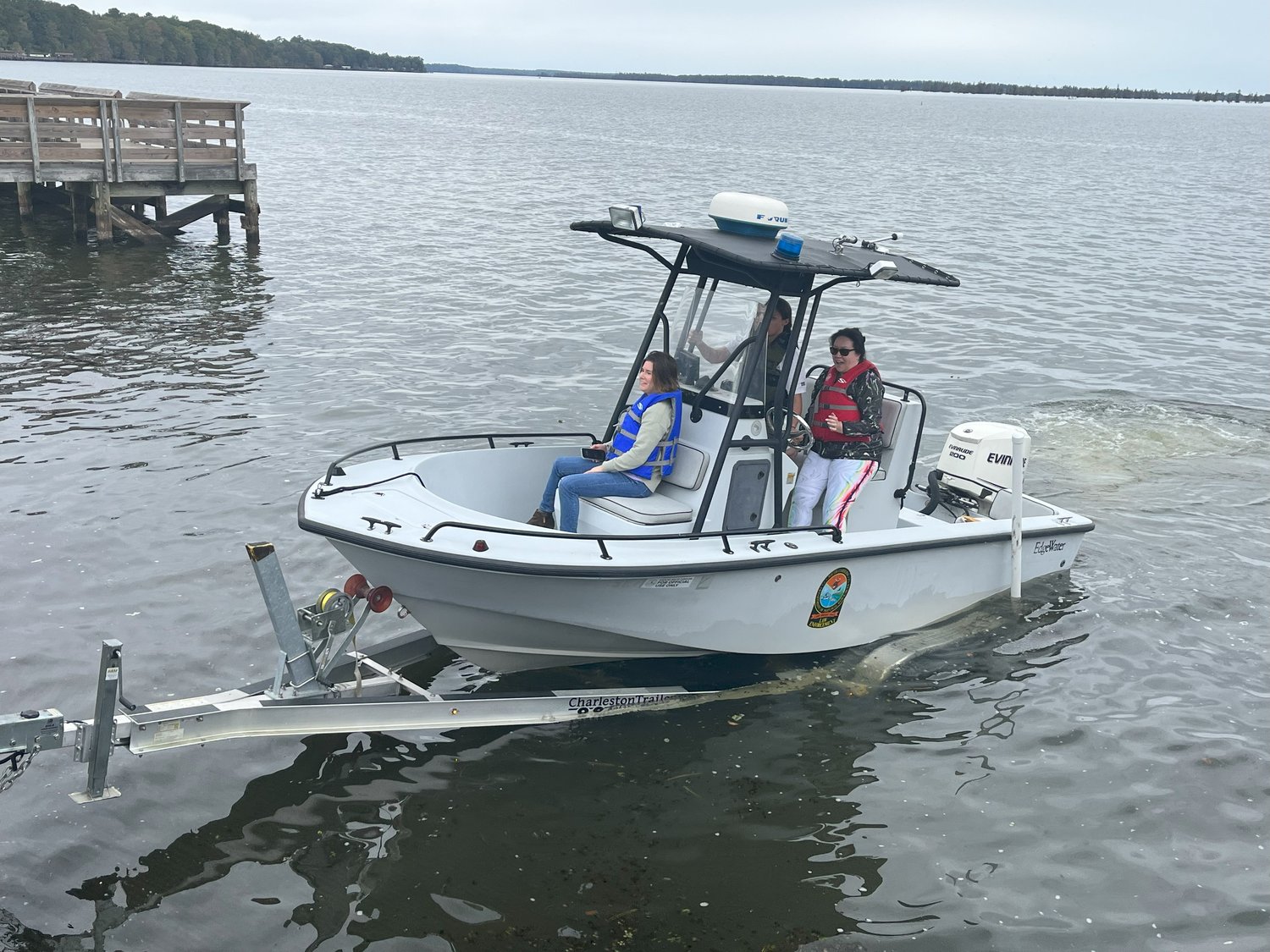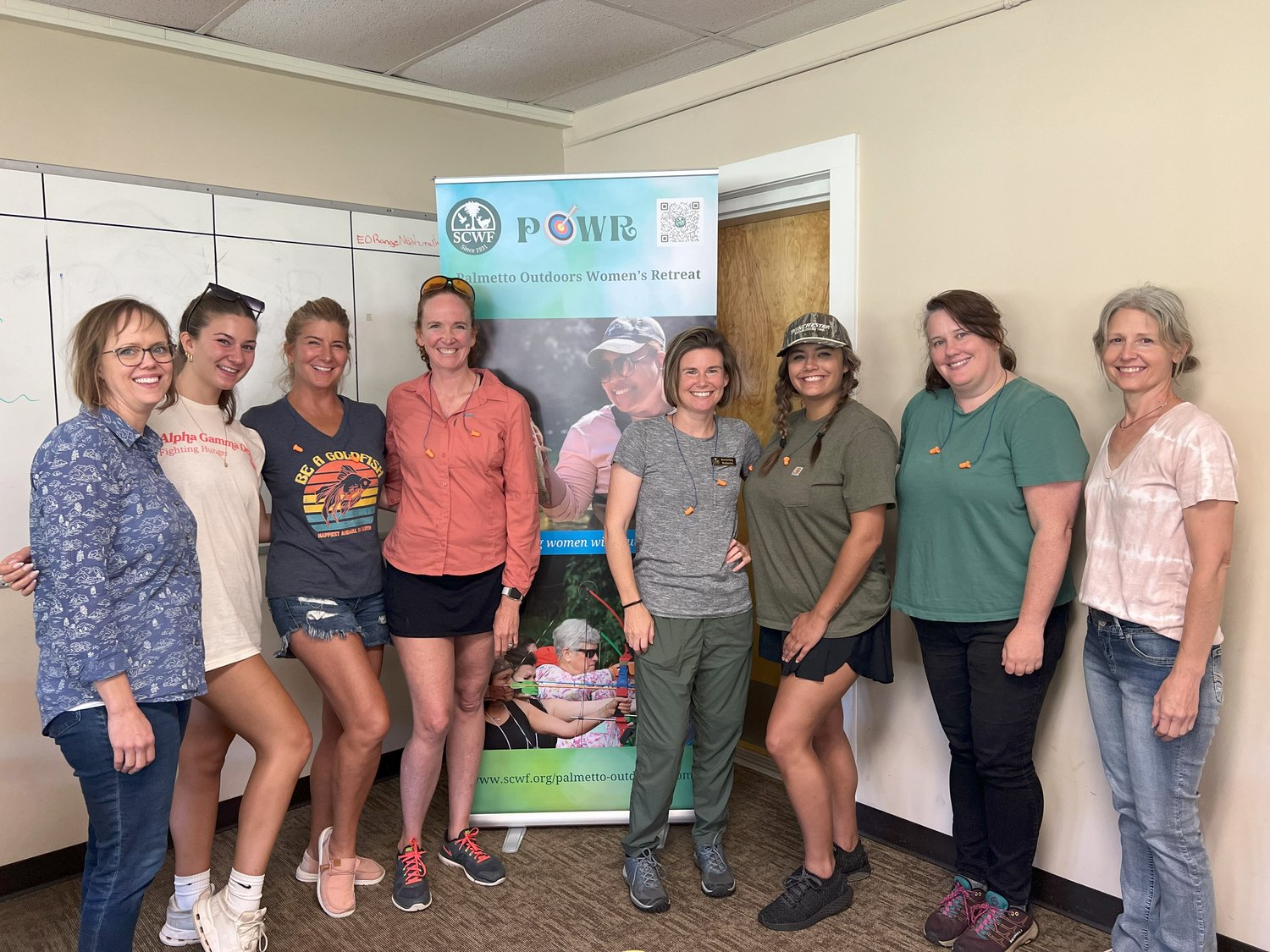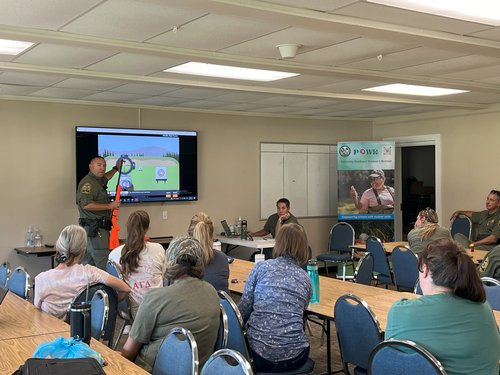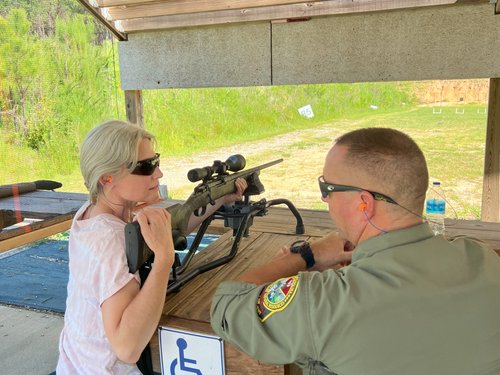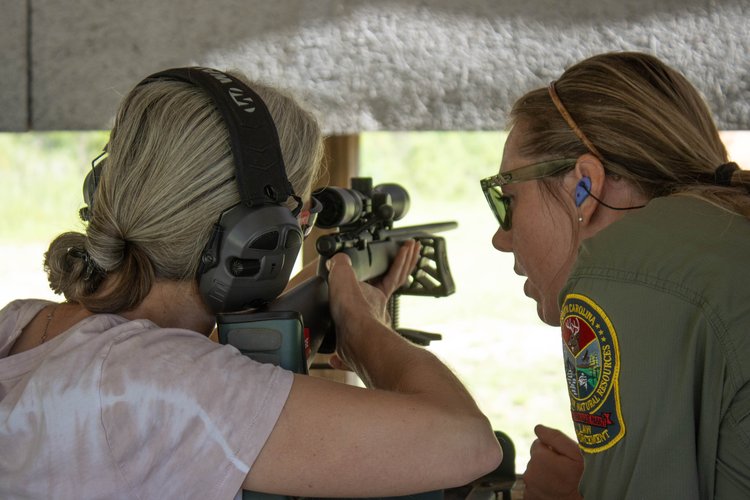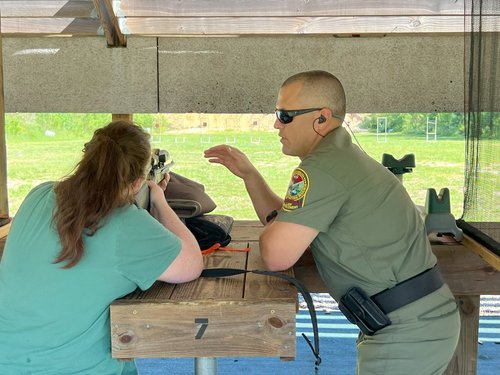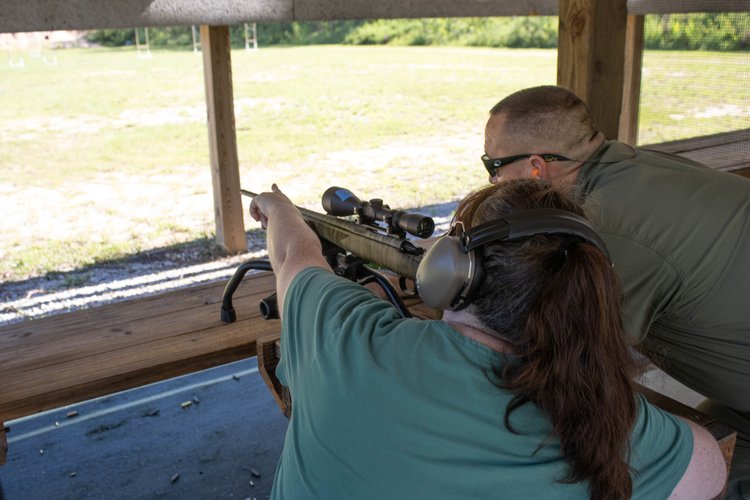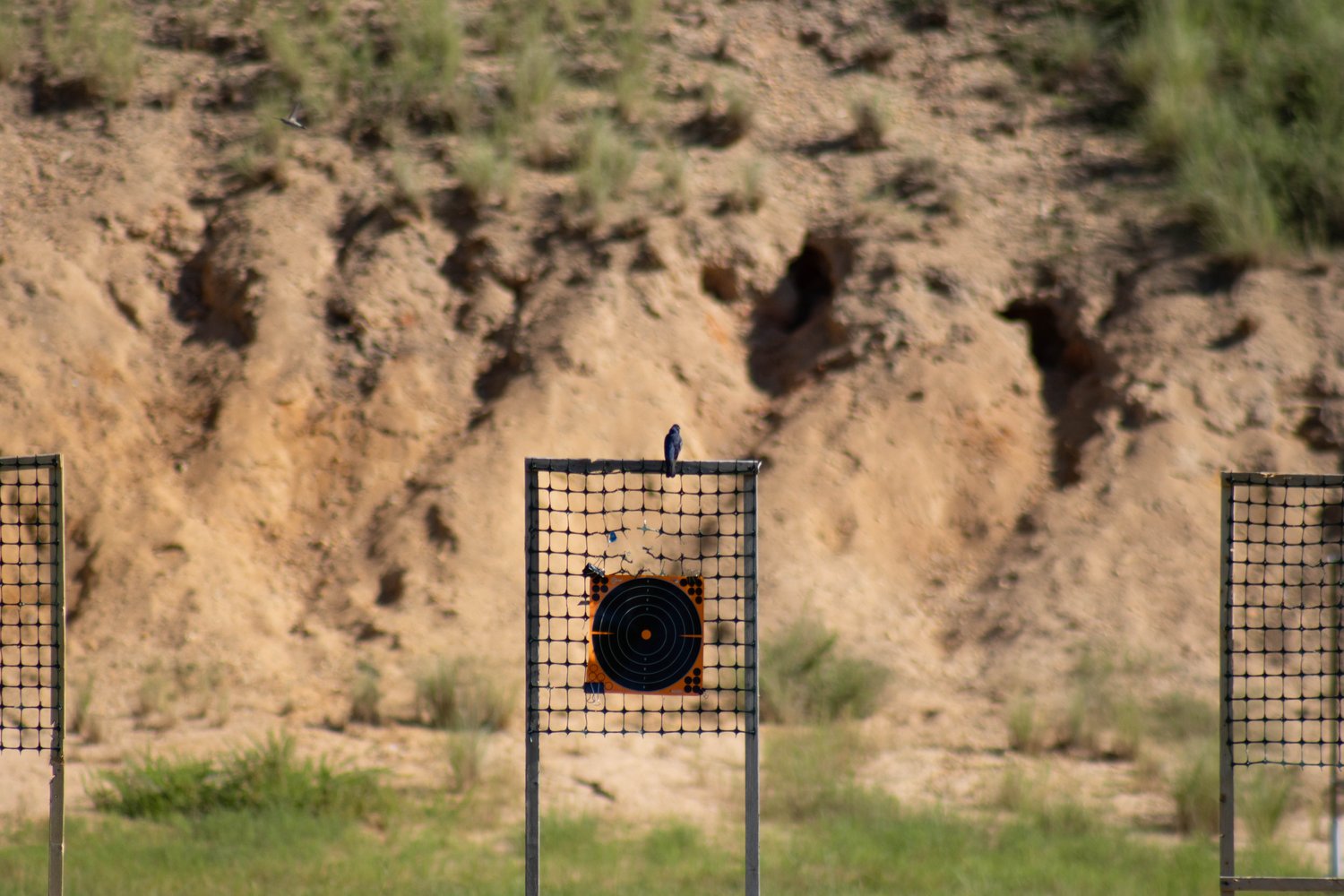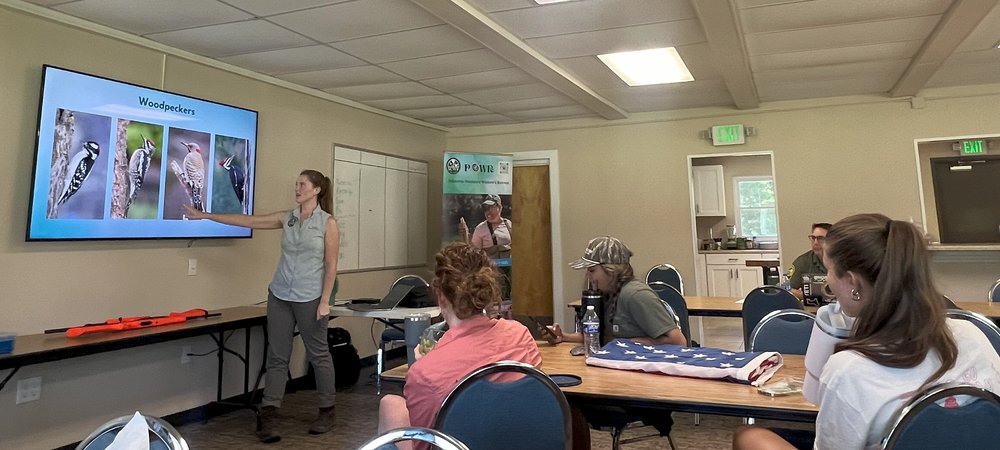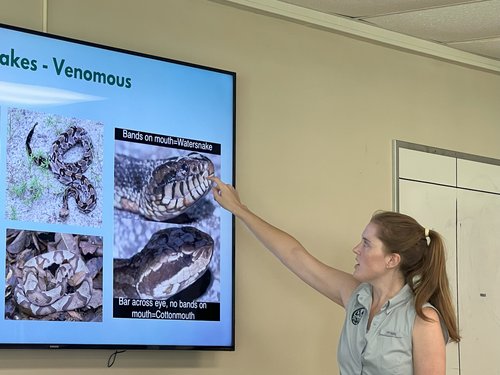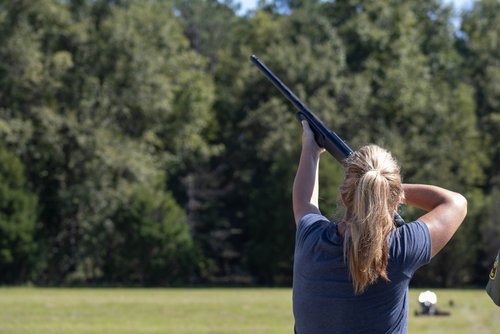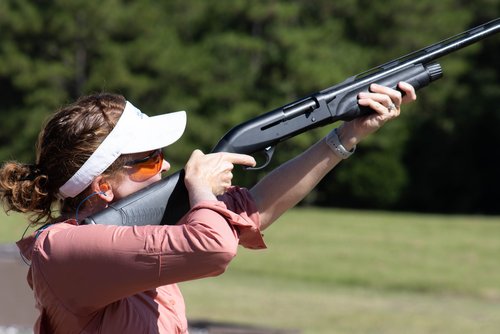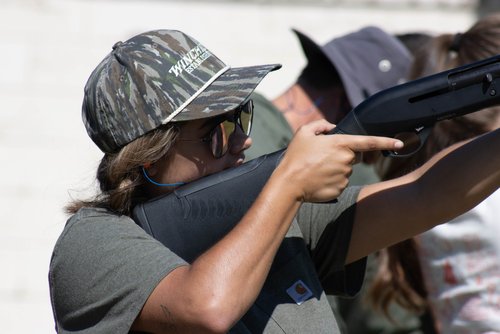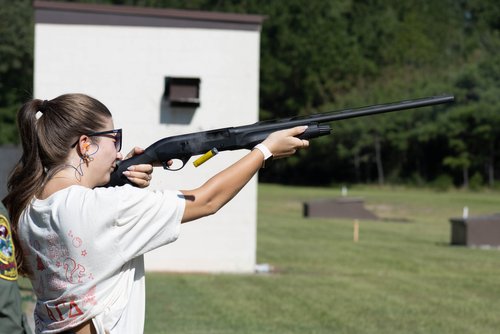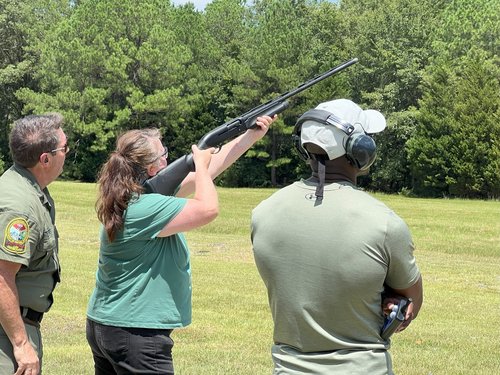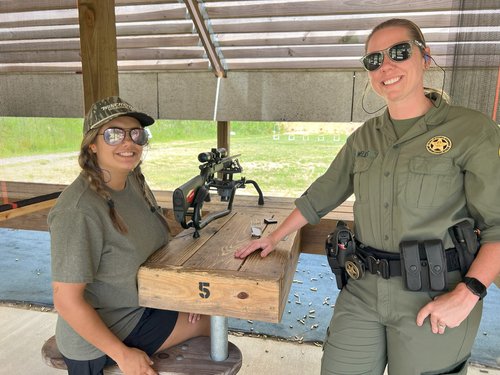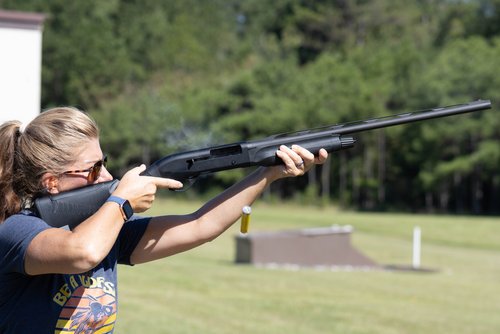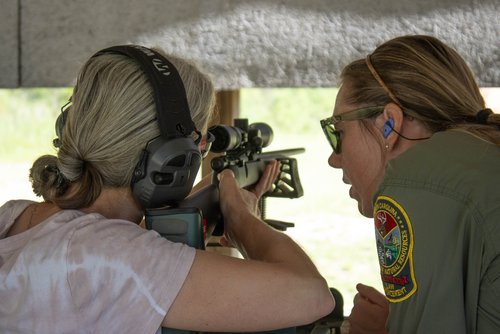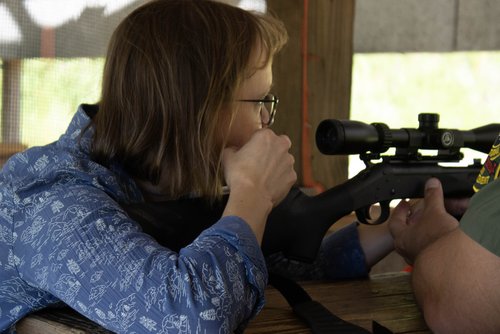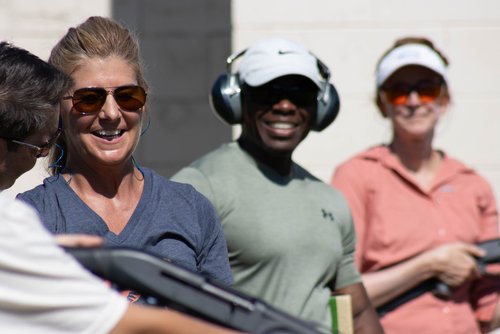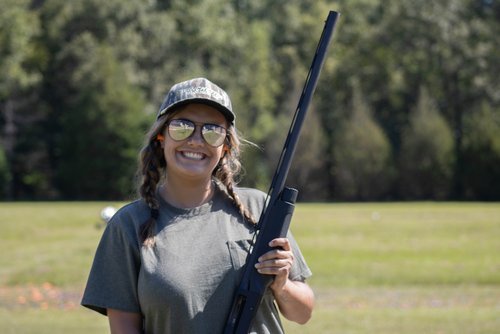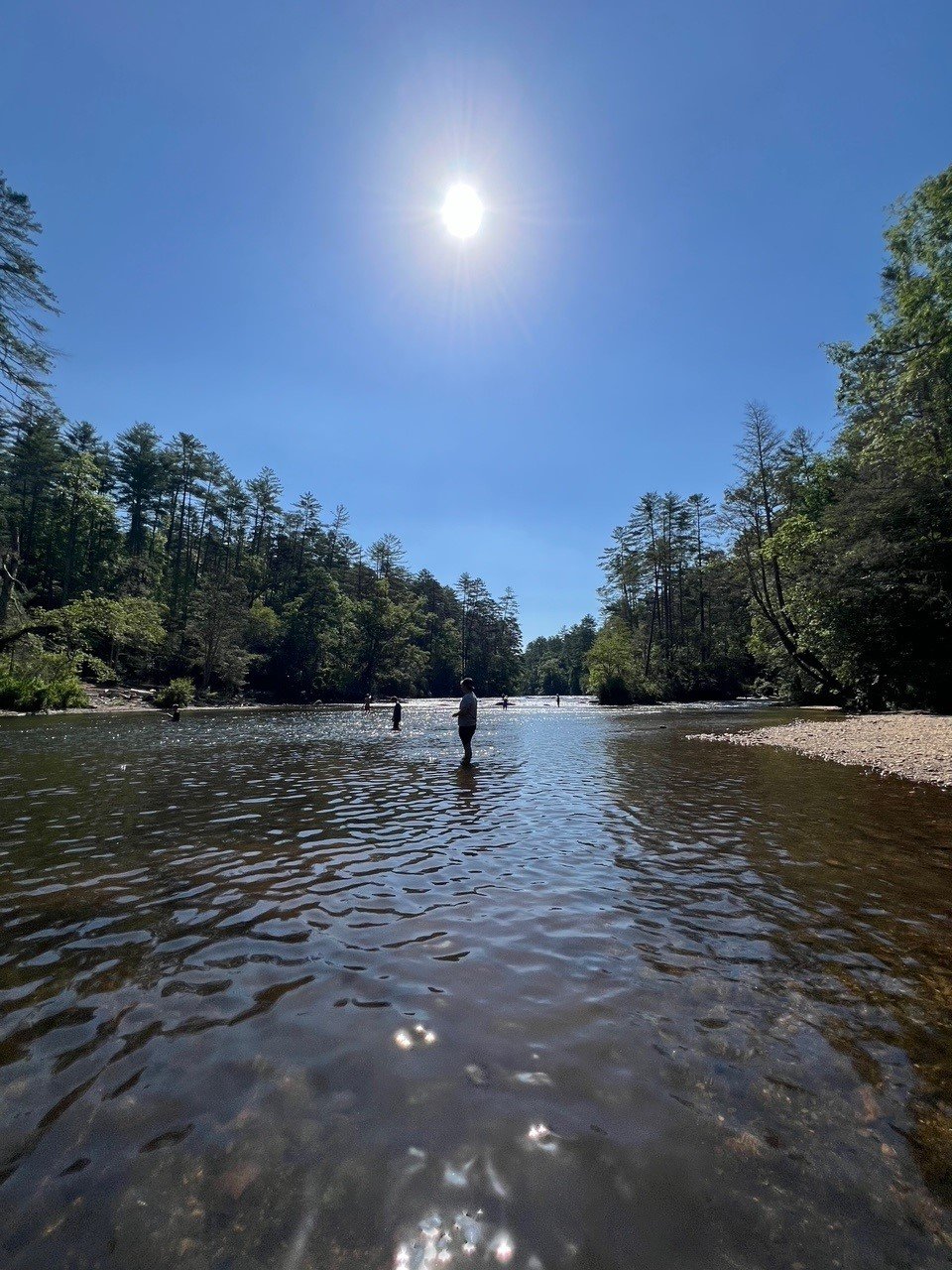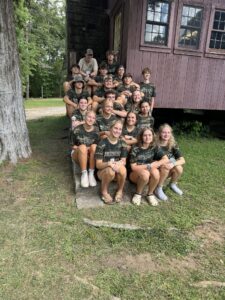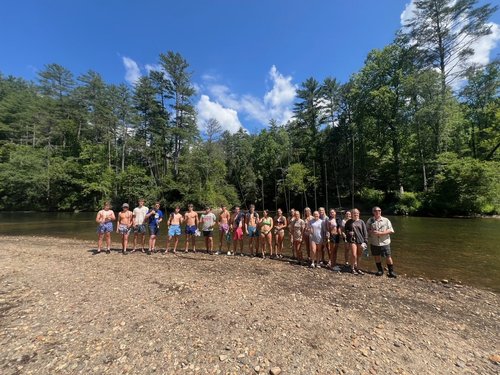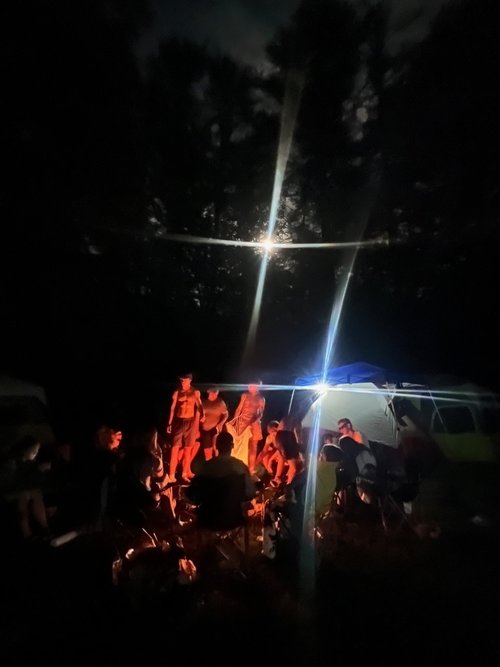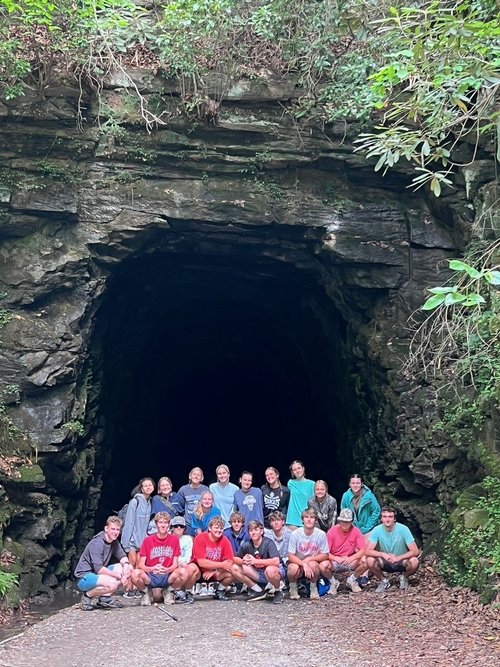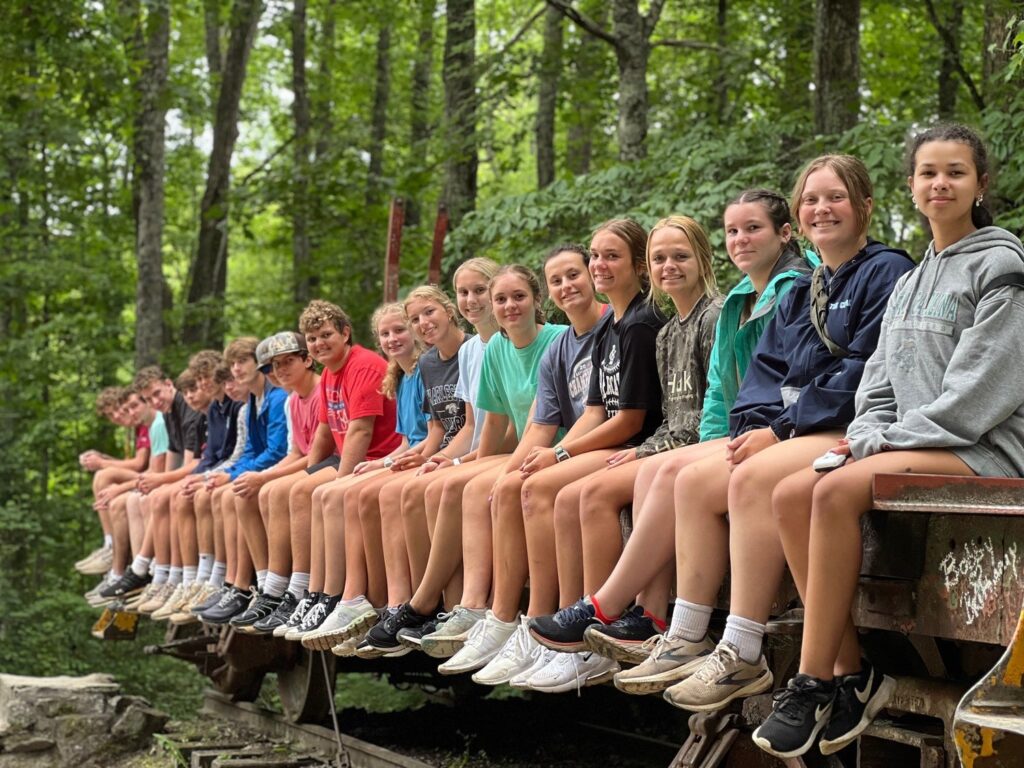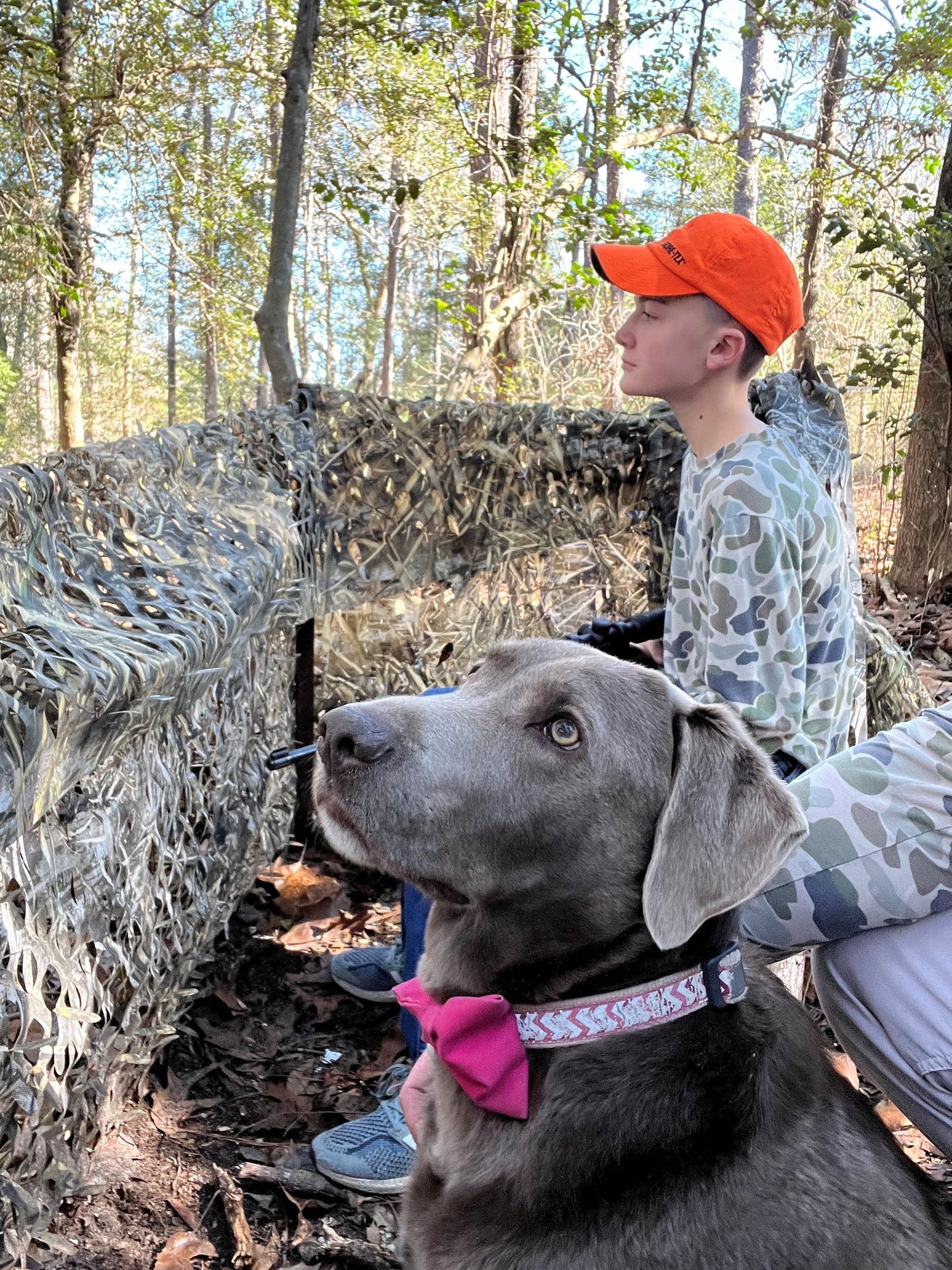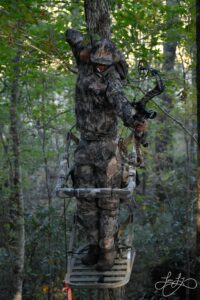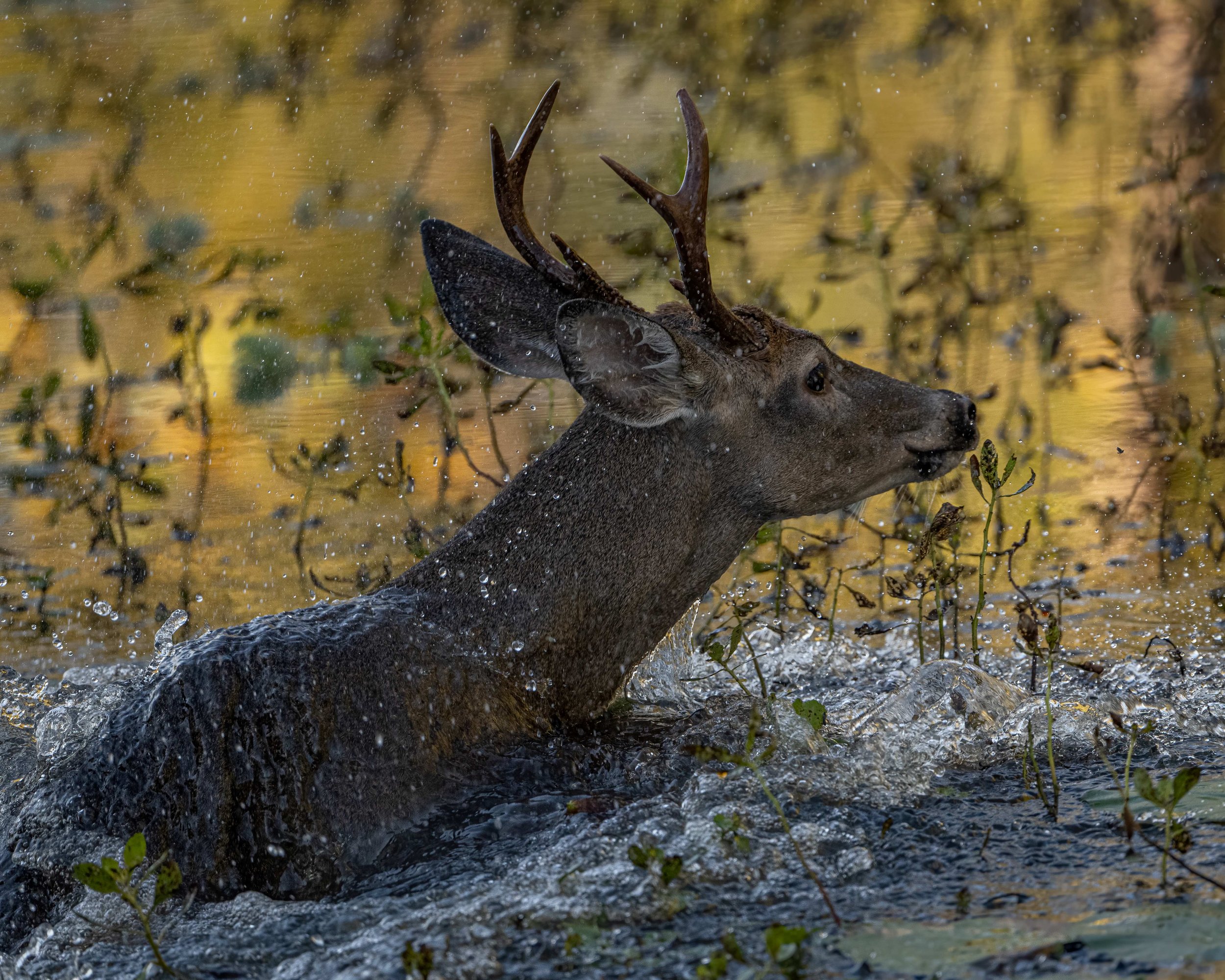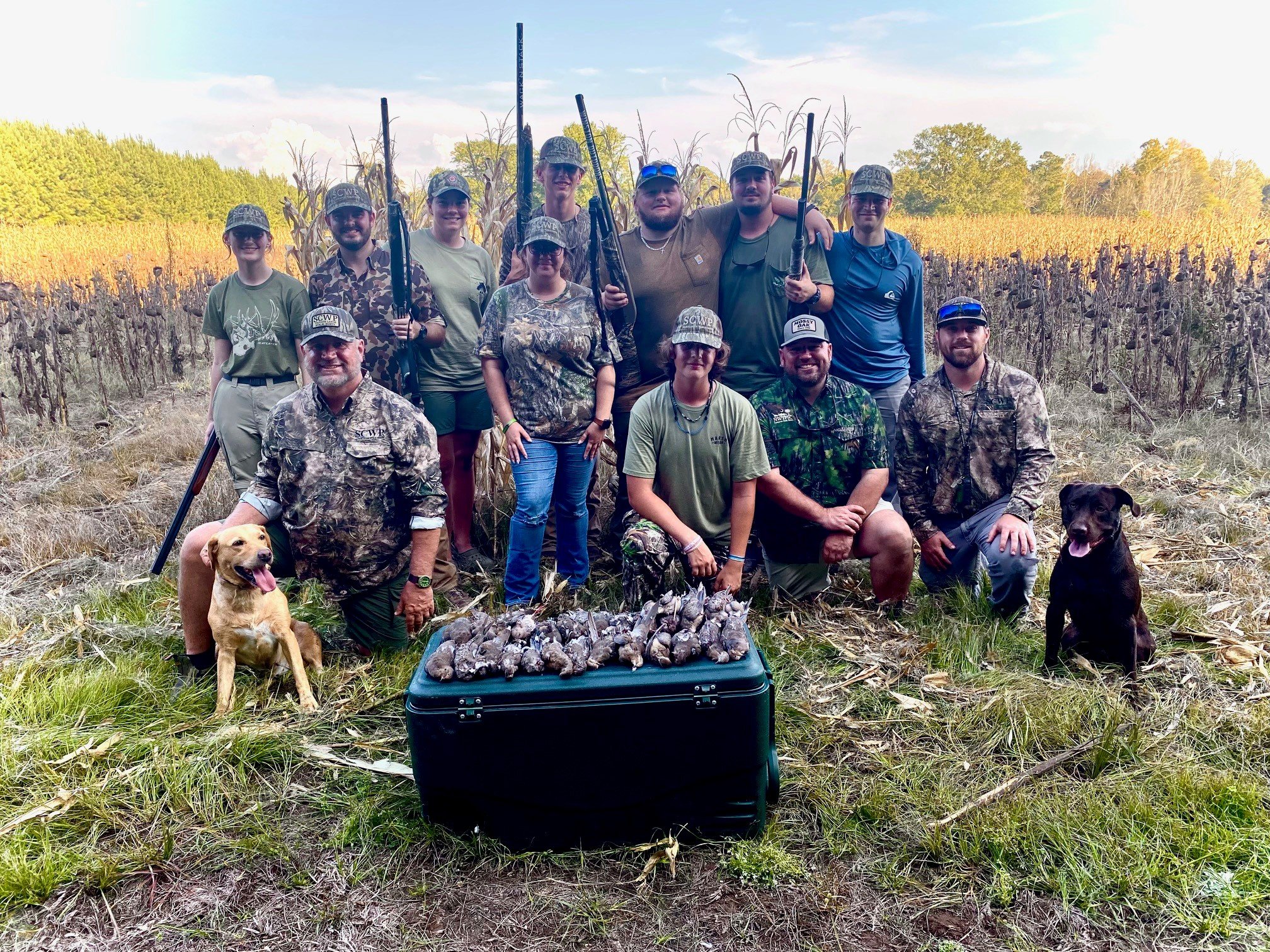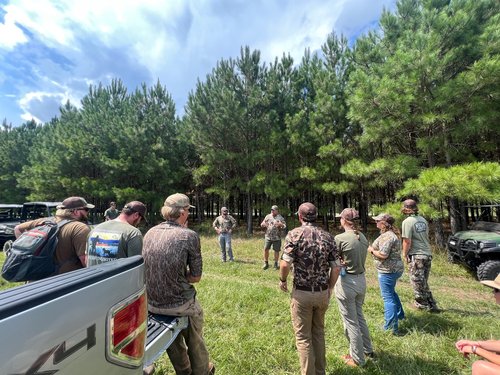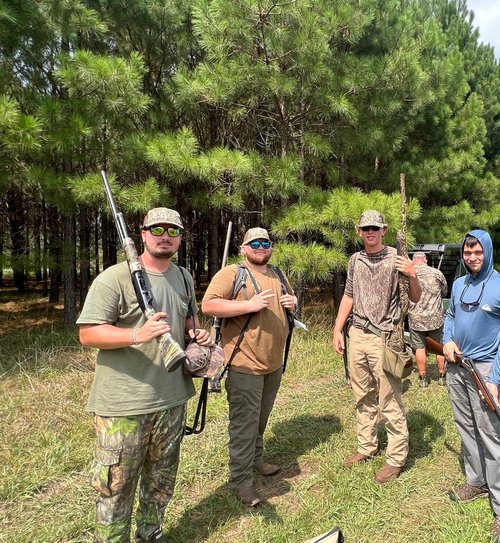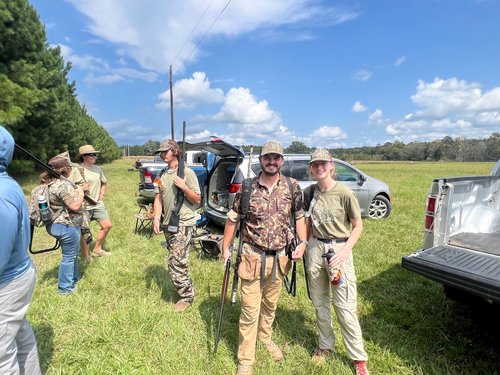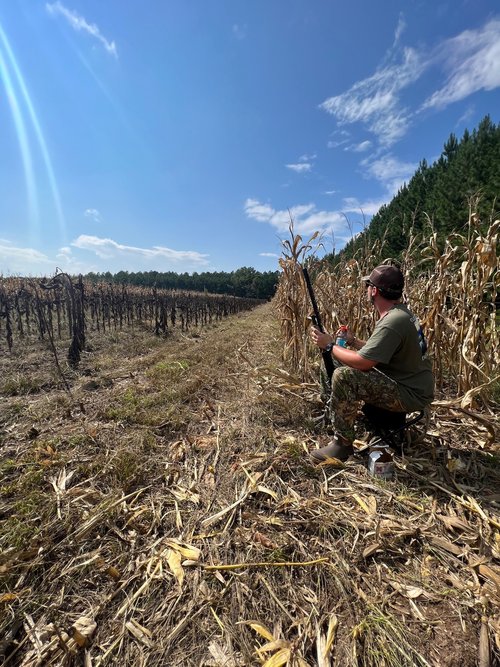Alex Killman is a guest writer for SCWF sharing his experiences of connecting with nature, enjoying the outdoors, and advocating for conservation – all through hunting.
There are few misconceptions more common in the world of deer hunting than the October Lull. Ask 10 field-edge-hunting, rifle-toting deer hunters about hunting in early- to-mid-October, and you’ll likely hear from several of them to stay home. But within the mobile hunting community, October is seen as one of the absolute best times to tag a buck, or any deer for that matter. But why do so many people feel that there is a lull in deer movement in the month of October? It’s because much of the conventional deer hunting wisdom has been passed down through the generations by rifle hunters overlooking feeders or food plots. And from that perspective, they are right. There is an extremely noticeable lull in activity within open areas. But back in the timber, things really start heating up in October.
Why There Is a Lull in Fields, Food Plots, and Feeders
The lull in activity seen in fields, food plots, and around feeders boils down to one word – acorns. Acorns begin falling around mid-September and extend into October as well. Acorns, particularly white oak acorns, are one of the whitetail’s most preferred foods. It doesn’t matter how green and palatable a food plot is. When acorns start falling, sightings in that plot are going to drastically reduce.
Why Deer Prefer Acorns
It’s easy to see why deer who only have natural browse to munch on would want to switch it up when acorns fall, but why would deer leave easy-to-access corn or planted brassicas? It’s because of the nutrient makeup of acorns. Acorns are extremely nutrient-dense, being full of protein, carbs, fats, and minerals. These nutrients are vital for deer as they begin preparing for breeding and winter.
Science Busted the Myth
One could possibly argue that just because deer are feeding on acorns, it doesn’t mean it makes for good hunting. And that’s true, but there’s also something else at play. Daytime deer movement, as well as the hormonal changes that bring on the breeding season, is controlled primarily by photoperiod. Photoperiod is the amount of daylight present in a 24-hour period. As the breeding season approaches, there is more daylight with each day that passes, and studies have proven that daylight buck movement increases throughout the month of October, hitting its peak during the Rut in November. So, there’s no denying that there is more daylight buck movement in October, and their movement revolves around acorns for the first half of the month.
Not All Acorns Are Created Equal
White oak acorns are by far the most desirable to deer. The reason is in their low level of tannins. Tannins are responsible for the bitter taste in acorns. But different species of oaks have different levels of tannins. As you move from white oaks to red oaks, the tannin levels increase drastically. For that reason, red oak acorns are some of the least desirable to whitetails. So, if you’re planning on hunting an oak flat, make sure it’s not full of red oaks or pin oaks, which are in the red oak family, or you might not get the show you’re looking for. It’s important to study oak tree bark and leaves to be able to determine which varieties you find while afield.
Pre-Rut in October
As said before, October is leading up to the November Rut, but it doesn’t just all of a sudden kick off from 0 to 100. Things begin really ramping up during the last 10 days of October. Bucks begin thinking less about food and more about does, chasing them later and later into the mornings. Some of the best hunting takes place the last 10 days in October when bucks move more in daylight looking for does, but are still traveling within their home range before the Rut has them wandering like nomads.
How To Be Successful in October
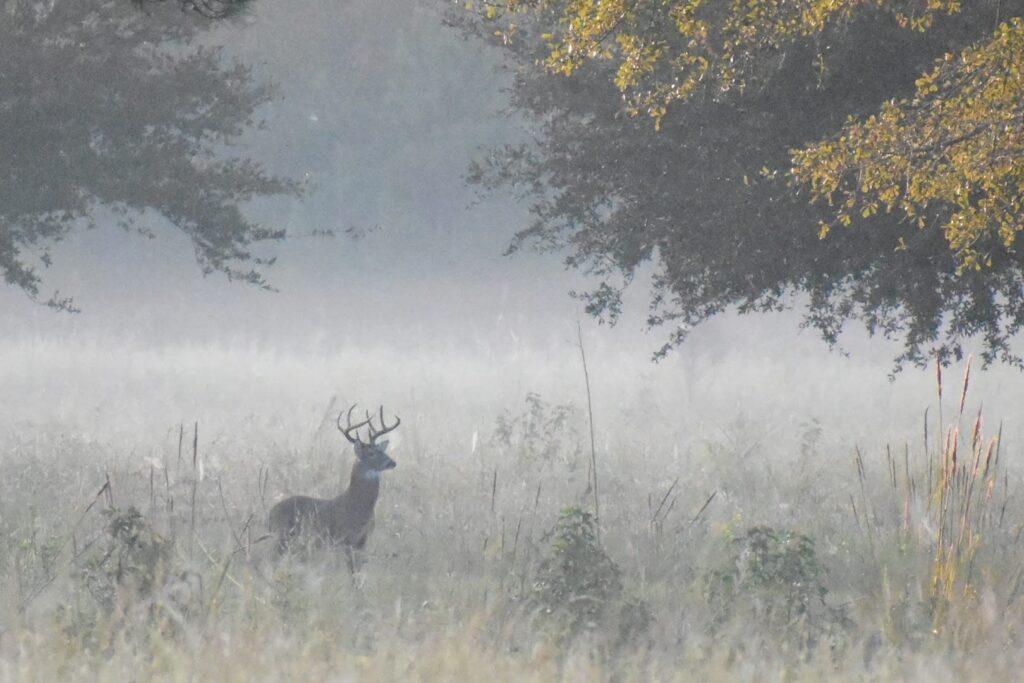
o, we’ve covered the fact that October provides some of the best hunting of the year, but what’s the best plan for a successful October? Don’t plan on hunting the same ol’ field edges. Prepare to drop back in the timber, hunting over white oaks near thicker cover. Both does and bucks will be primarily feeding on acorns the first half of October, and as the Pre-Rut comes around, the bucks will be traveling more during daylight hours, smelling does and having little sparring sessions with each other. Locating white oaks on the sides of ridges where deer can easily escape to cover is a great strategy. Just make sure of one thing – those trees are holding acorns. Not all trees produce every year and not every year produces a good crop. But if you can find a tree that holds a lot of acorns, using binoculars to verify, you may just be in the money. You just need to plan a good entry and exit route that will allow you to come and go without bumping deer.
And as the Pre-Rut kicks off and you start to see bucks getting more interested in does, it’s time to sit those funnels and pinch points where you know deer have to travel through to get to their favorite feeding spots or doe bedding areas. October is also the best time to start hunting mornings, as daylight buck movement tends to be a little higher in the mornings with the Rut looming and temps typically being lower.
Don’t Stay Home
I hope I’ve illustrated the importance of getting mobile in October and finding those hidden white oaks that the deer in your area won’t be able to stay away from. My first bow buck came on a brisk October 8th morning. It wasn’t over a feeder or food plot. It came underneath oaks as that buck fed back toward a bedding area. It was an eye-opening experience and one that I’ve heard of many times from other hunters. So, don’t stay home in October. Find the acorns and hunt them smart.

